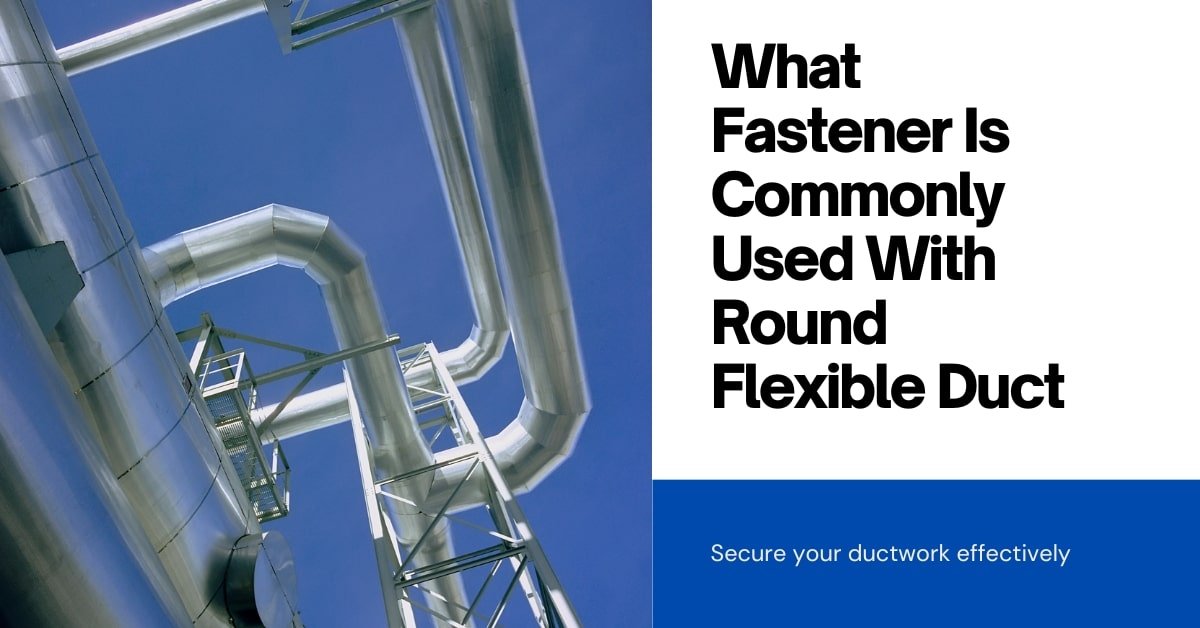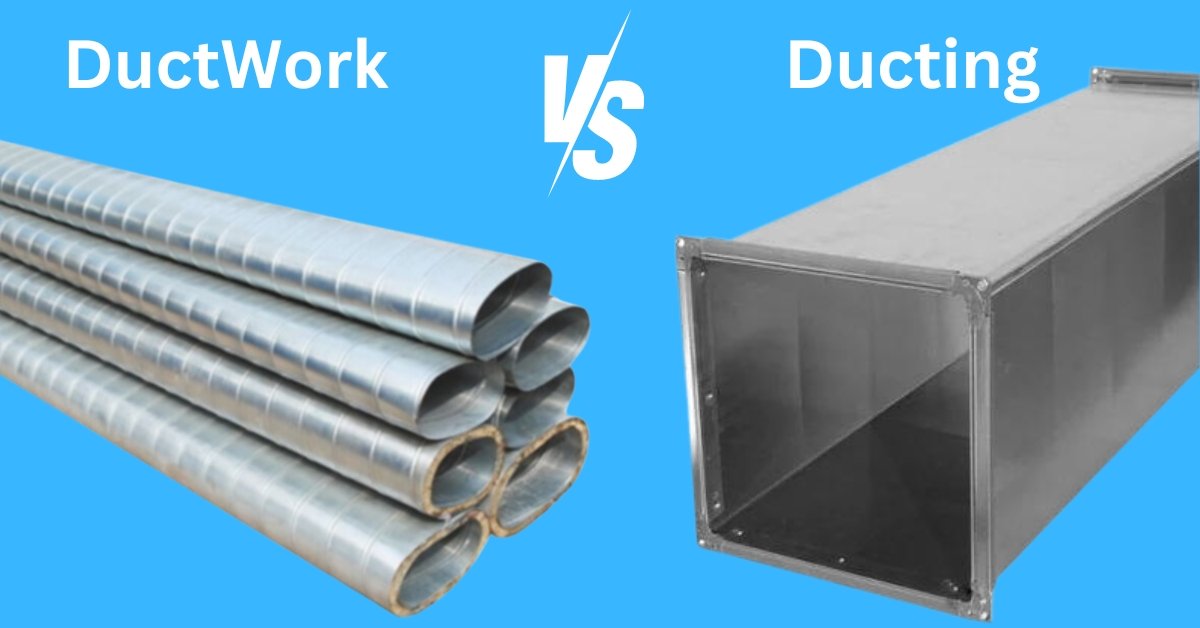
Ventilation Ducting
Ventilation ducting transports air throughout buildings, ensuring proper airflow, temperature control, and air quality. It is essential in HVAC systems for efficient heating, cooling, and ventilation in residential and commercial spaces.






How To Connect Flex Duct To Rigid Duct
Connecting flex duct to rigid duct involves several steps to ensure a secure and airtight fit. First, measure and cut the flex duct to the desired length, ensuring it will overlap the rigid duct by at least a few inches. Slide the inner liner of the flex duct over the rigid duct and secure it with duct tape. Next, pull the outer insulation and vapor barrier over the connection and secure it with a large zip tie or clamp. Make sure the connection is tight to prevent air leaks. Finally, inspect the connection to ensure it is secure and properly sealed.

How To Connect Flex Duct
To connect a flex duct, measure and cut the duct to length, attach it to a duct connector or collar, and secure the connection with duct tape or mastic. Finally, use zip ties or metal clamps to ensure a tight, leak-proof fit.

How to identify supply and return ducts
Supply ducts deliver conditioned air from the HVAC unit to rooms, typically with air blowing out through registers. Return ducts pull air from rooms back to the HVAC unit, usually through larger, fixed grilles. To identify, feel for airflow direction: supply ducts blow air out, while return ducts draw air in. Supply ducts often have adjustable vents, while return ducts do not.

How to Install Roof Flashing
To install roof flashing, measure and cut the flashing, place it under shingles, nail it securely, and seal edges with roofing sealant to prevent water seepage and ensure protection.

How do you repair a hole in a Flex Duct
To repair a hole in a Flex Duct, you typically use duct tape or specialized duct sealant to patch the damage securely.

Difference Between Ducting Vs Ductwork
Ducting refers to the entire network of air conduits, while ductwork specifically denotes the fabricated components within that network.

Rigid vs Flex Duct Cost
When choosing between rigid and flexible HVAC ductwork, cost and performance are critical considerations. Rigid ducts offer durability and efficient airflow but are pricier to install and maintain. Flexible ducts are cheaper upfront and easier to install in tight spaces but may require more maintenance and replacements over time, impacting long-term efficiency and costs.

